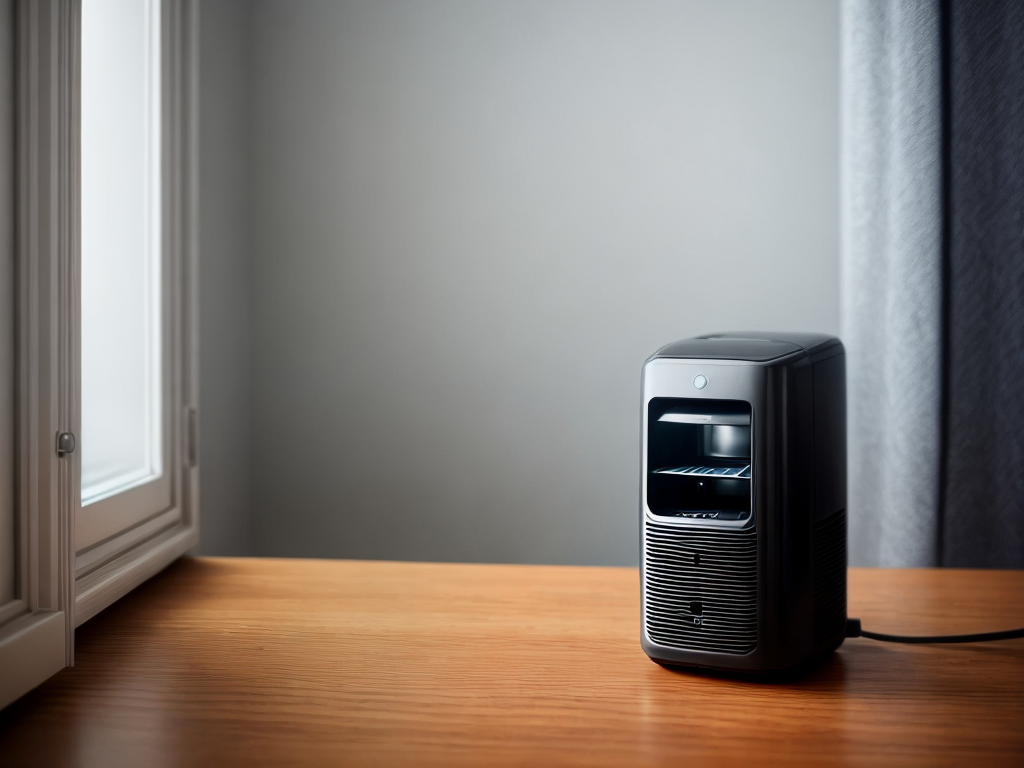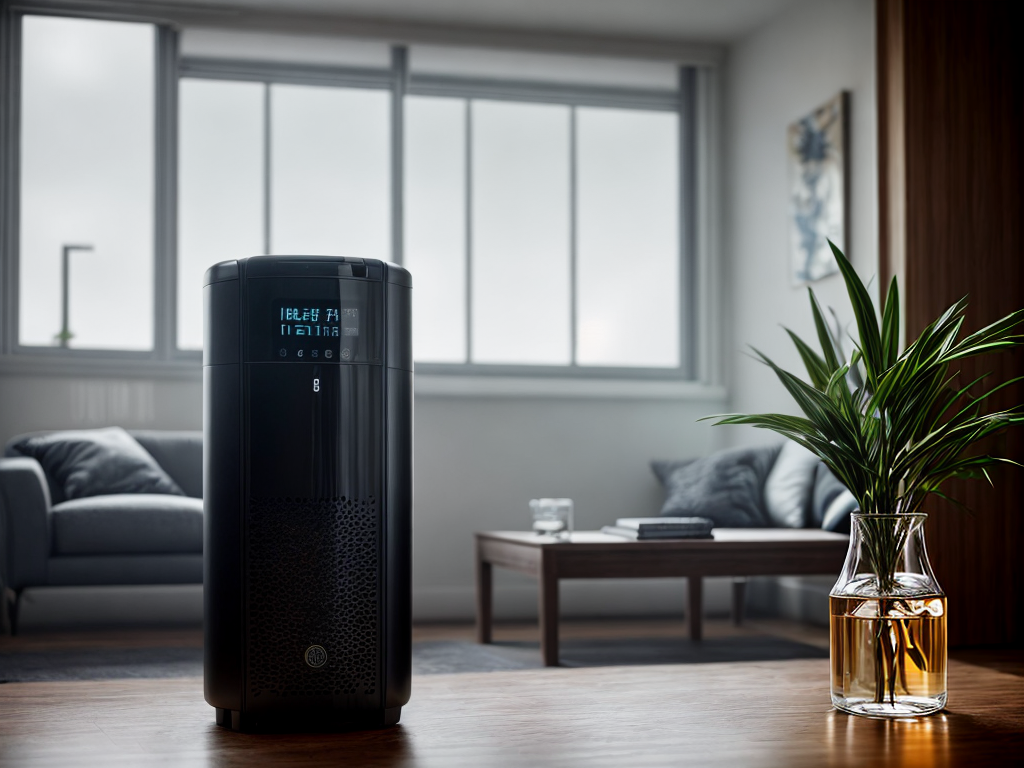
As someone who has dealt with respiratory issues, I’ve come to appreciate the intricacies of managing my condition. One aspect that has piqued my interest, and perhaps yours as well, is the connection between humidity and asthma. While this might not be a topic that immediately grabs your attention, understanding this link can provide invaluable insights into managing asthma symptoms effectively. So, let’s explore the impact of humidity on asthma and uncover some key strategies to navigate this challenge.
Understanding Asthma and Its Triggers
Understanding asthma and its triggers is crucial for managing and preventing asthma attacks. As someone who desires control over their asthma, it is important to be well-informed about the factors that can worsen symptoms and trigger an asthma attack. By understanding these triggers, you can take proactive steps to prevent them and effectively manage your asthma.
Asthma triggers can vary from person to person, but common triggers include allergens such as pollen, dust mites, and pet dander. Other triggers may include respiratory infections, exercise, cold weather, and stress. Identifying and avoiding these triggers is key to asthma prevention.
In addition to avoiding triggers, proper asthma treatment is essential for maintaining control. This typically involves a combination of medication and lifestyle changes. Medications may include bronchodilators to open up the airways and reduce symptoms, as well as anti-inflammatory drugs to reduce inflammation and prevent asthma attacks. It is important to work closely with your healthcare provider to develop a personalized treatment plan that suits your specific needs.
The Impact of Humidity on Asthma Symptoms
As someone who wants to effectively manage my asthma, it is crucial to recognize the impact that humidity can have on my asthma symptoms. Humidity refers to the amount of moisture in the air, and it can greatly affect my breathing and overall well-being.
High humidity levels can make it harder for me to breathe, especially during physical activity such as exercise. The increase in moisture in the air can cause my airways to become constricted, making it more difficult for air to flow in and out of my lungs. This can lead to shortness of breath, wheezing, and chest tightness.
In addition to affecting my breathing, humidity can also impact the effectiveness of my asthma medication. High humidity levels can cause my medication to break down more quickly, reducing its potency. This means that even if I am taking my medication as prescribed, it may not provide the same level of relief during humid conditions.
To manage the impact of humidity on my asthma symptoms, it is important to monitor the humidity levels and adjust my activities accordingly. Engaging in indoor exercise or using air conditioning can help control the humidity and reduce the risk of asthma symptoms worsening. Additionally, speaking to my healthcare provider about adjusting my medication during times of high humidity can also be beneficial. By staying proactive and aware of the impact of humidity on my asthma, I can better manage my symptoms and maintain control over my condition.
How Humidity Affects Airway Inflammation
Humidity can exacerbate airway inflammation in individuals with asthma. Understanding how humidity affects airway inflammation is crucial for managing respiratory health and preventing asthma attacks. Here are four key ways in which humidity impacts airway inflammation:
- Increased moisture in the air can lead to the growth of mold and dust mites, both common triggers for asthma symptoms. Controlling indoor humidity levels can help reduce the presence of these allergens.
- High humidity levels can make it difficult for the airways to effectively remove mucus. This can result in increased congestion and inflammation, making it harder to breathe.
- When the air is humid, it can also make airborne pollutants, such as pollen and pollutants from traffic, stickier. This can lead to increased exposure and irritation of the airways.
- Humidity can also affect the body’s temperature regulation, making it harder for individuals with asthma to breathe during hot and humid weather.
To maintain control over airway inflammation and reduce the risk of asthma attacks, it is important to monitor and manage humidity levels in both indoor and outdoor environments. Using dehumidifiers, air purifiers, and proper ventilation can help create a more comfortable and asthma-friendly environment.
Tips for Managing Asthma in Humid Environments
To effectively manage my asthma in humid environments, I need to implement practical strategies and make lifestyle adjustments. Managing humidity is crucial for asthma prevention. One key tip is to use air conditioning or dehumidifiers to keep indoor humidity levels below 50 percent. This helps reduce the growth of mold and dust mites, which can trigger asthma symptoms. Additionally, I should regularly clean and maintain my air conditioning units and dehumidifiers to ensure they are working effectively.
Another important strategy is to use a high-efficiency particulate air (HEPA) filter in my home. These filters can help remove allergens and irritants from the air, reducing asthma triggers. I should also regularly clean my home to prevent the buildup of dust and allergens. This includes vacuuming with a HEPA filter and using damp cloths to dust, as dry dusting can stir up allergens.
In humid environments, it is crucial to manage moisture in the bathroom and kitchen. Using exhaust fans or opening windows when showering or cooking can help remove excess moisture. I should also promptly repair any leaks or water damage to prevent the growth of mold.
Creating a Healthy Indoor Environment for Asthma Sufferers
Creating a healthy indoor environment is essential for individuals with asthma. To maintain a safe and comfortable living space, it is important to focus on moisture control and consider dehumidifier options. Here are some key steps to help you create a healthy indoor environment:
- Keep humidity levels low: High humidity can contribute to the growth of mold and dust mites, triggering asthma symptoms. Use a hygrometer to monitor humidity levels and keep them below 50%.
- Ventilate properly: Ensure proper ventilation in your home to reduce moisture buildup. Open windows and use exhaust fans in kitchens and bathrooms to remove excess humidity.
- Clean regularly: Regular cleaning helps eliminate allergens and irritants. Vacuum carpets and rugs with a HEPA filter, wipe surfaces with a damp cloth, and wash bedding in hot water to kill dust mites.
- Consider a dehumidifier: Investing in a dehumidifier can help control humidity levels in your home. There are various options available, such as portable dehumidifiers or whole-house units, depending on your specific needs.








